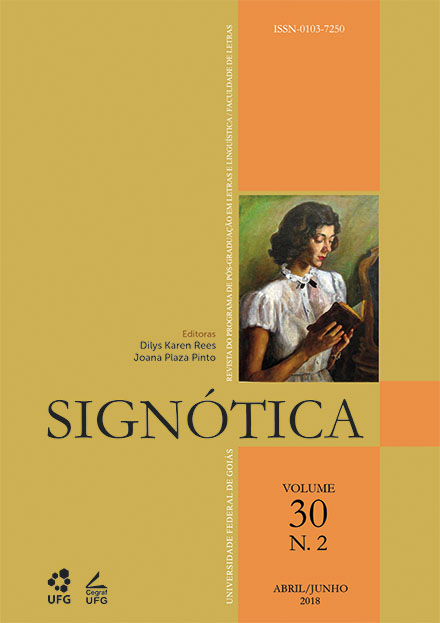An intercultural reading of Charles w. Chesnutt’s the goophered grapevine and of Thomas page’s Marse Chan: racial representation in postbellum southern short stories
DOI:
https://doi.org/10.5216/sig.v30i2.47893Keywords:
African American Literature. American Literature. Southern Literature. InterculturalityAbstract
This article discusses two short stories about the Old South, Thomas Nelson Page`s Marse Chan and Charles W. Chesnutt’s The Goophered Grapevine. To enrich this discussion, the literature written on slavery by African Americans shortly before the civil war is reviewed, namely the works of Harriet Ann Jacobs and Frederick Douglass. The point that African American author Chesnutt is better able to depict a more complex narrative about slavery and the old south than Page is then articulated. The relevance of the analysis of these two short stories stems from an intercultural posture that not only understands the importance of reading literature interculturally, but also recognizes that understanding other cultures and literatures helps us better understand ourselves and the cultures we are immersed in.
Downloads
Downloads
Published
How to Cite
Issue
Section
License
Author (s) authorize Signótica to publish an article, if accepted, signing its contribution as original and not submitted to another publisher for publication. In case of acceptance and publication, Signótica's articles are Creative Comons BY-NC-ND (Attribution + Non-Commercial + Non-Derivatives)





1.png)





